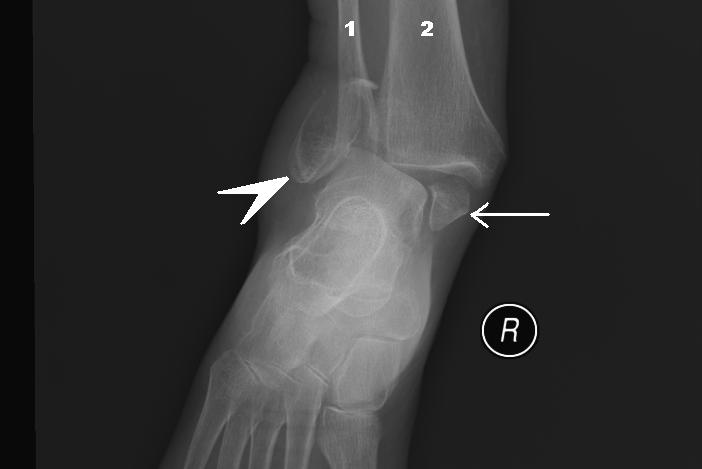A simple blood test given in the doctor's office could identify millions of patients with previously undetected diabetes, new research reveals.
The findings, published in the January issue of the Journal of General Internal Medicine, also suggest that three easily assessed risk factors can be used to identify the best candidates for the test.
Diabetes is one of the more prevalent and costly medical conditions in the United States, affecting an estimated 16 million people, about six percent of the population. It may go undiagnosed for years, damaging organs throughout the body, until symptoms appear. That makes early detection vital for the estimated five-million-plus Americans who have diabetes and don�t know it.
Current screening procedures for diabetes have not been proven cost-effective, and community-wide screening sessions where these procedures are used do not always result in medical follow-up with individual physicians, says lead author David Edelman, M.D., of the Durham Veterans� Affairs Medical Center and Duke University Medical Center.
Moreover, these screenings rely on a blood sugar test that requires several hours of prior fasting and cannot always be administered on the spot.
Continue Reading Below ↓↓↓
To evaluate the feasibility of other, potentially more cost-effective screening techniques, Edelman and his colleagues selected a test (HgA1c) that accurately indicates blood sugar levels over the previous two to three months and can detect at least 75 percent of cases of diabetes, but does not require fasting.
Next, they administered this test to 1,253 patients during regular visits to their physicians at a Veterans� Administration medical center.
The participants, primarily men, were age 45 to 64 and had never been diagnosed with diabetes. Finally, the investigators performed a more definitive test for diabetes � the fasting glucose test � on as many participants as possible who scored high on the first test.
The authors found that 4.5 percent of the study participants had diabetes, which had gone undetected even though they were under medical care.
This figure is similar to nationwide estimates of undiagnosed diabetes among men of this age and compares favorably with estimates that undiagnosed diabetes affects approximately two percent of the overall population.
According to Edelman, �This [finding] suggests that there is opportunity for diabetes case-finding even in populations receiving medical treatment.�
Other study findings indicate the new screening technique would detect almost as many cases of undiagnosed diabetes if performed only on patients with one or more of three risk factors: obesity, self-reported high blood pressure and family history of the disease. Such targeting would make the screening even more cost-effective.
Support for the research came from the Department of Veterans� Affairs Cooperative Studies and the Department of Veterans� Affairs Health Service Research and Development.
Source: Center for the Advancement of Health










